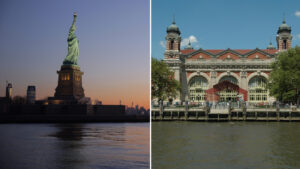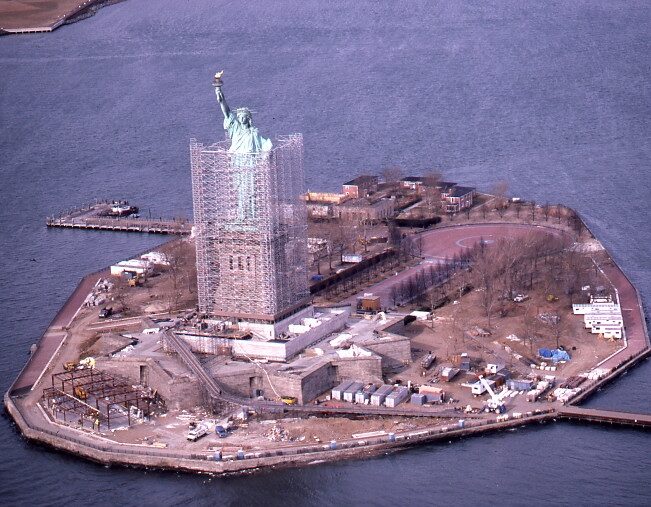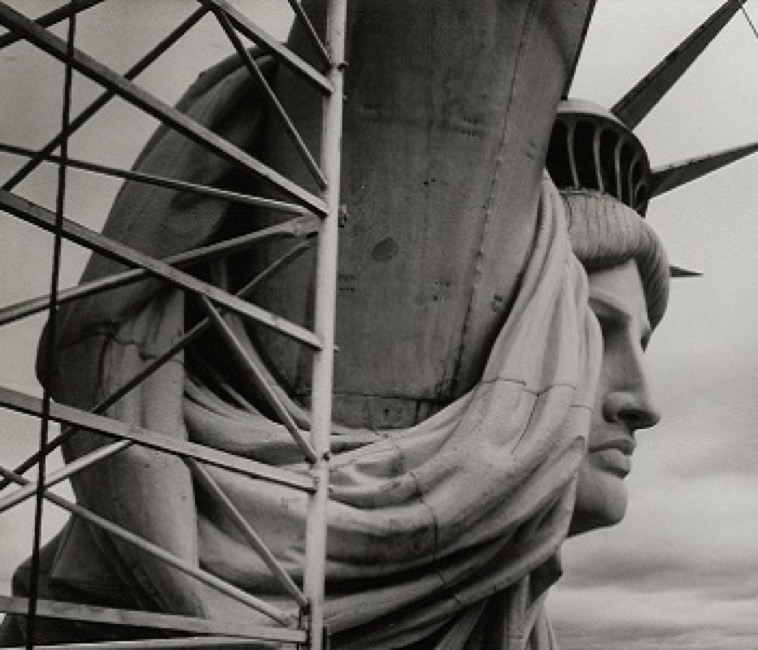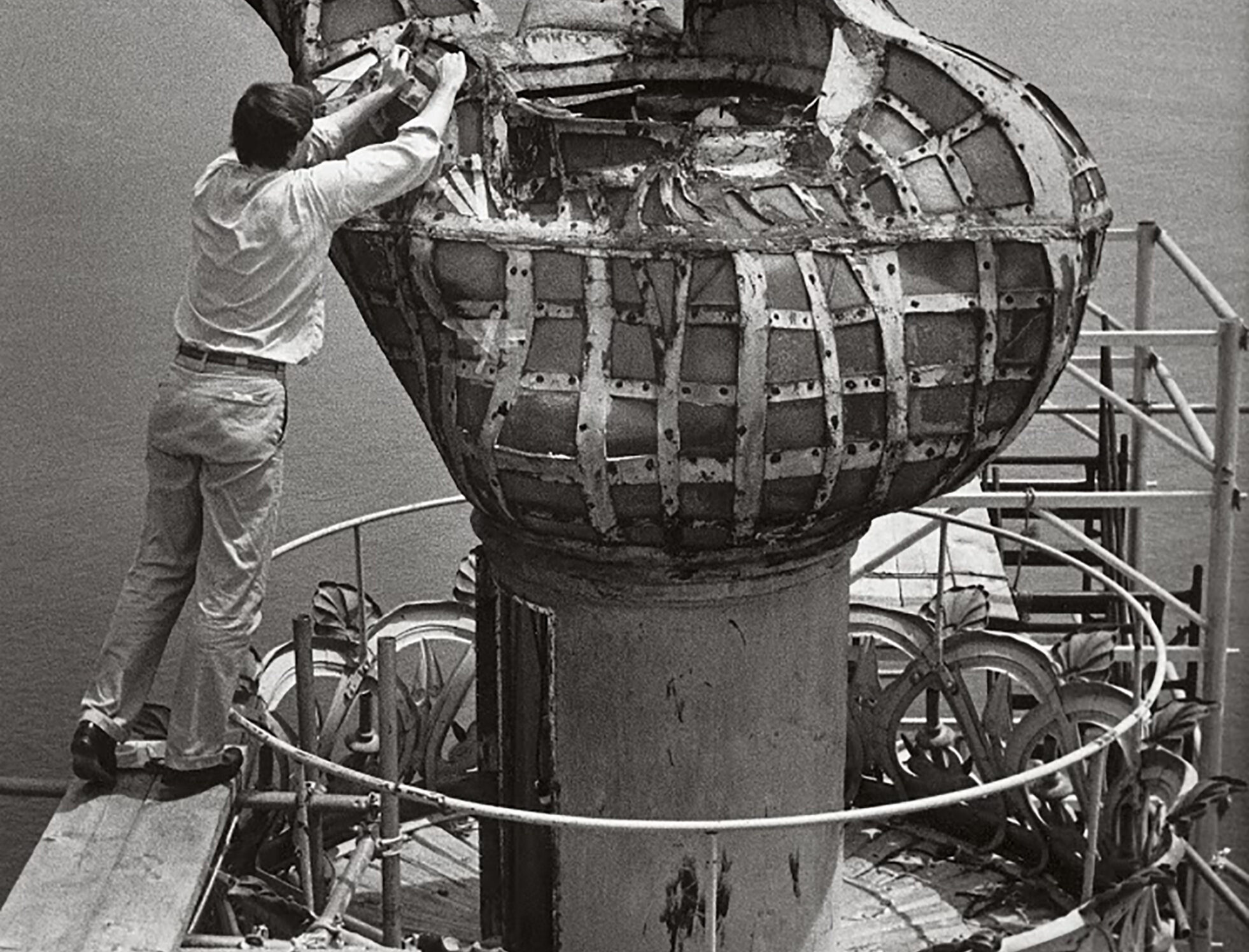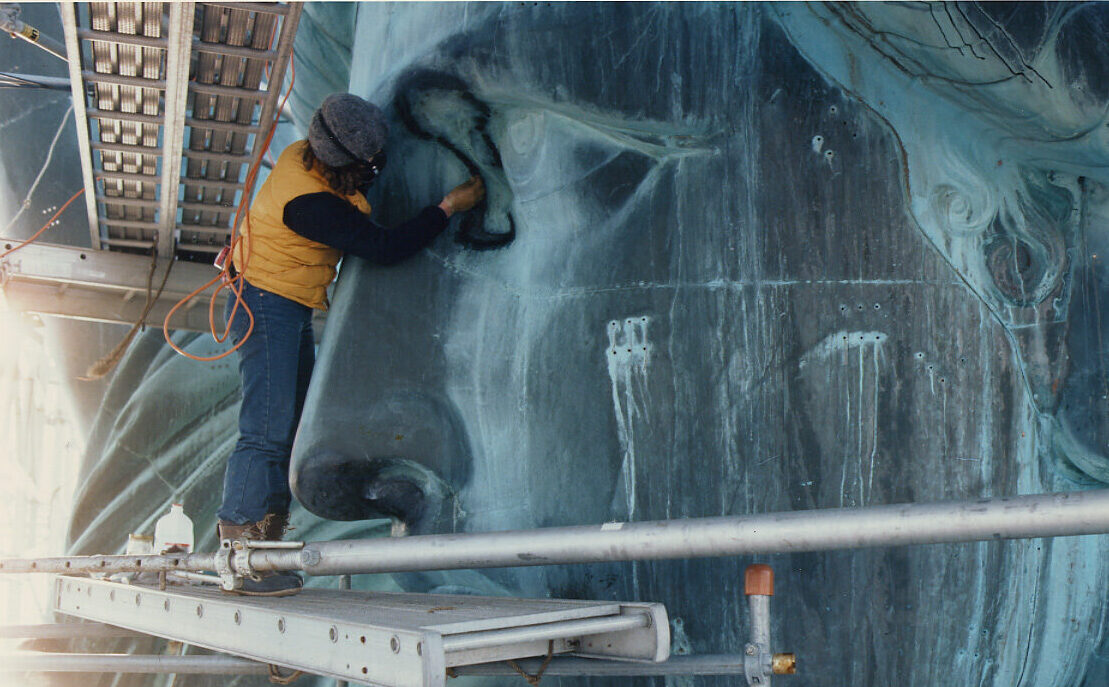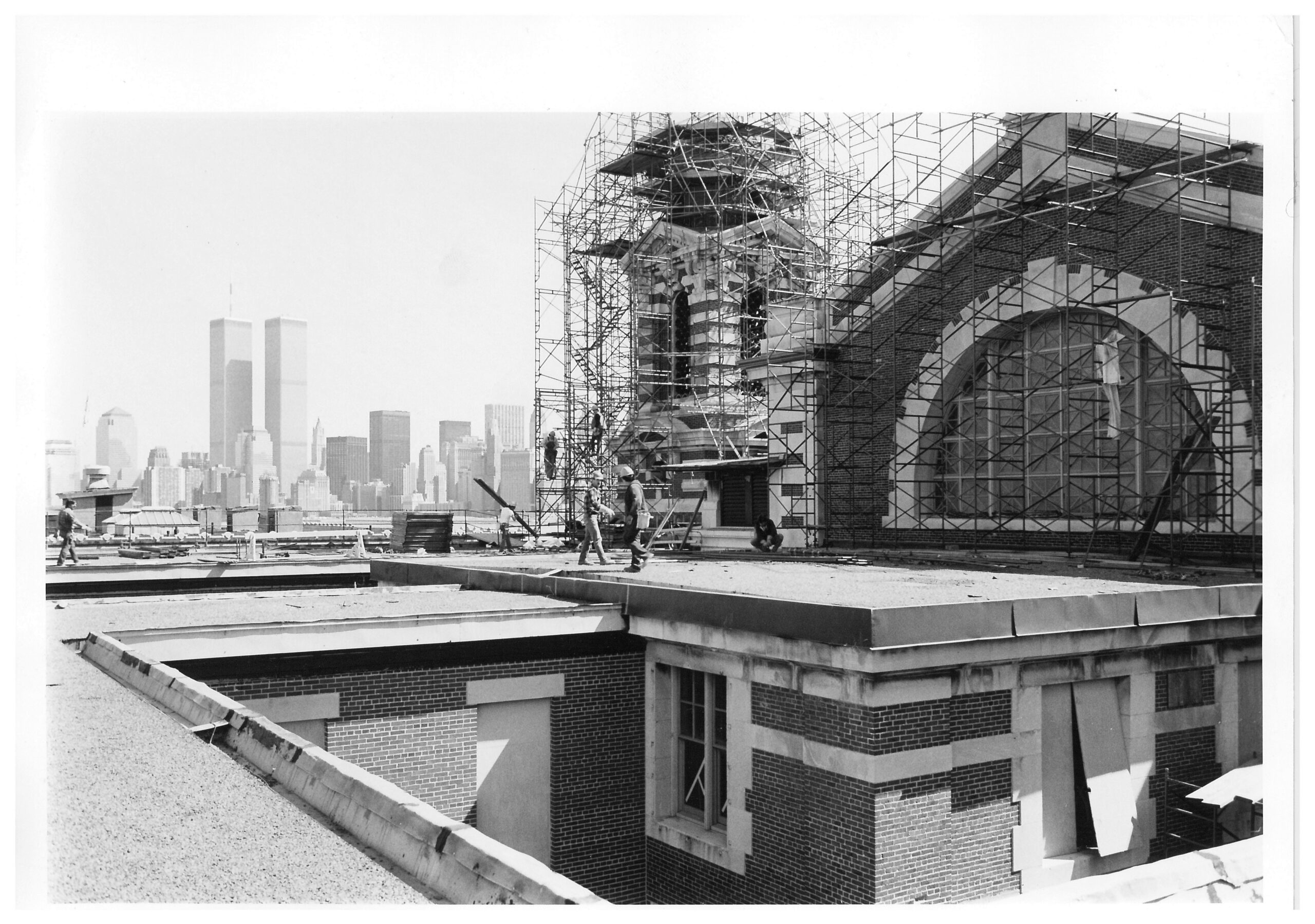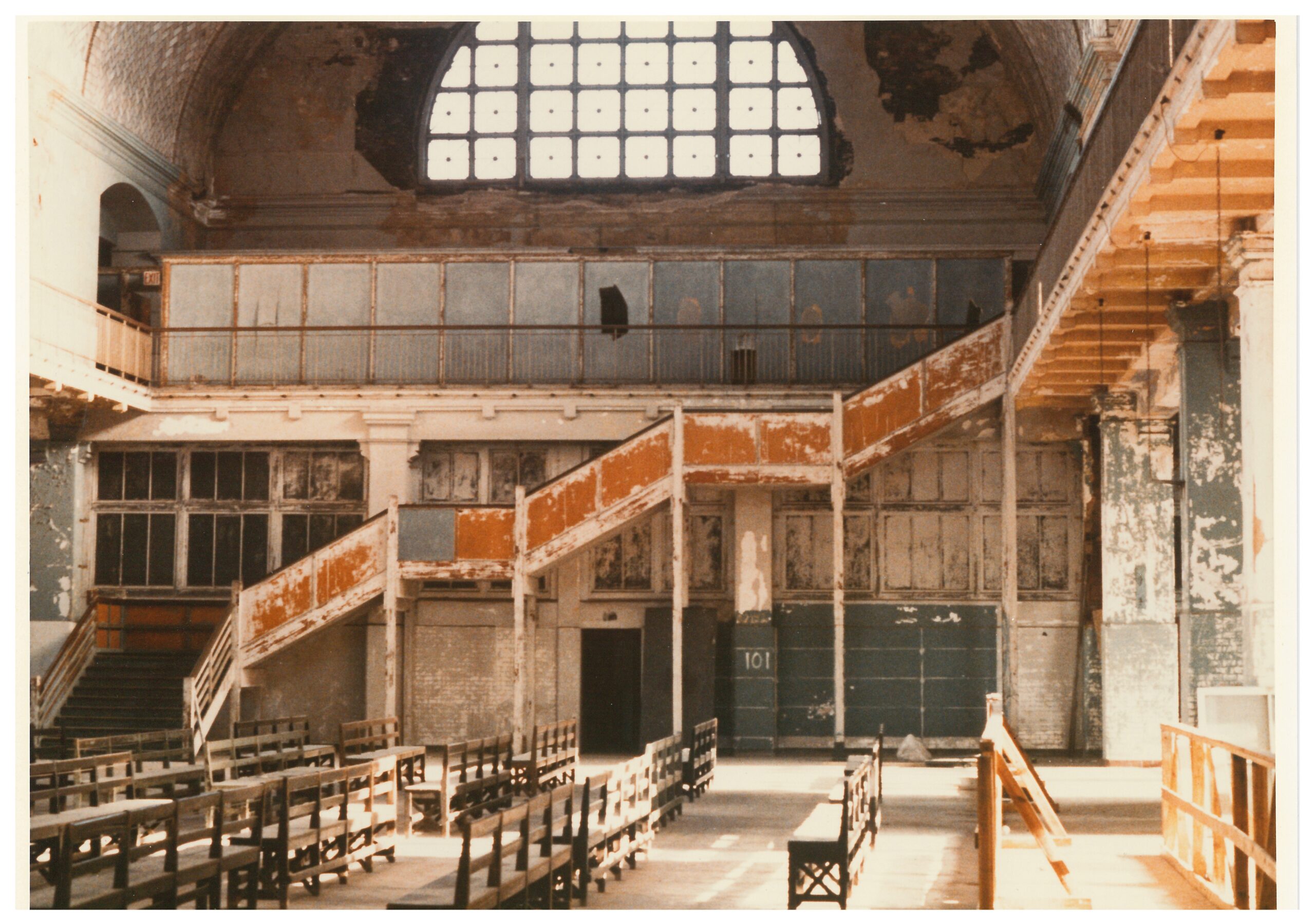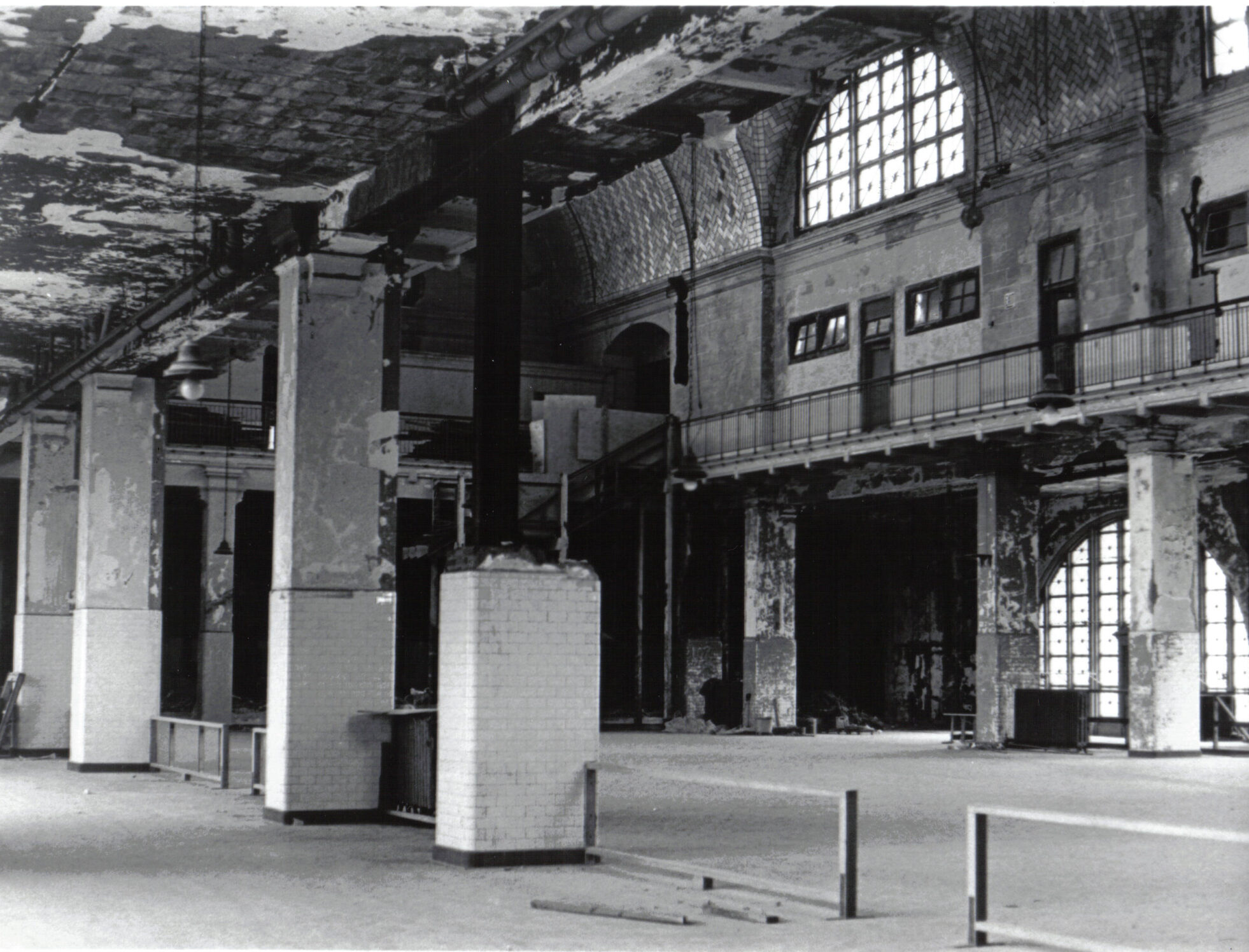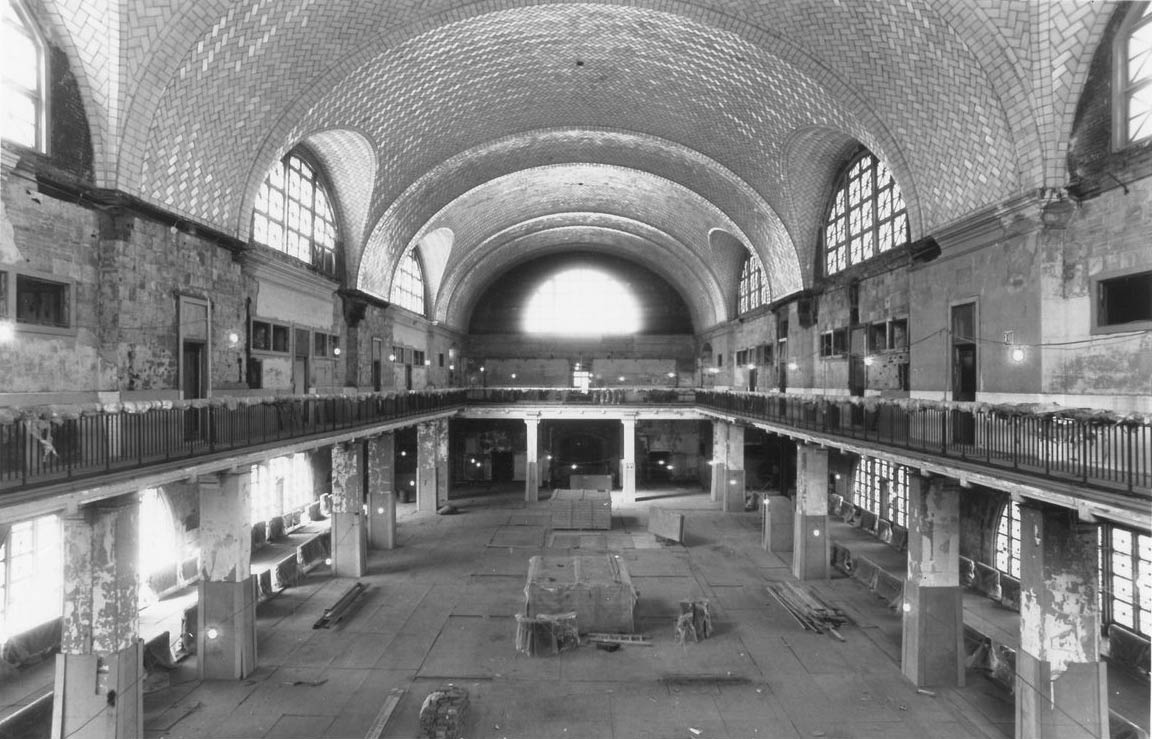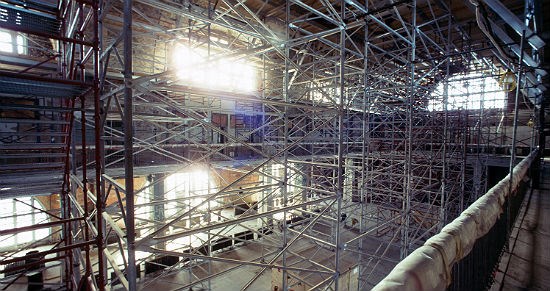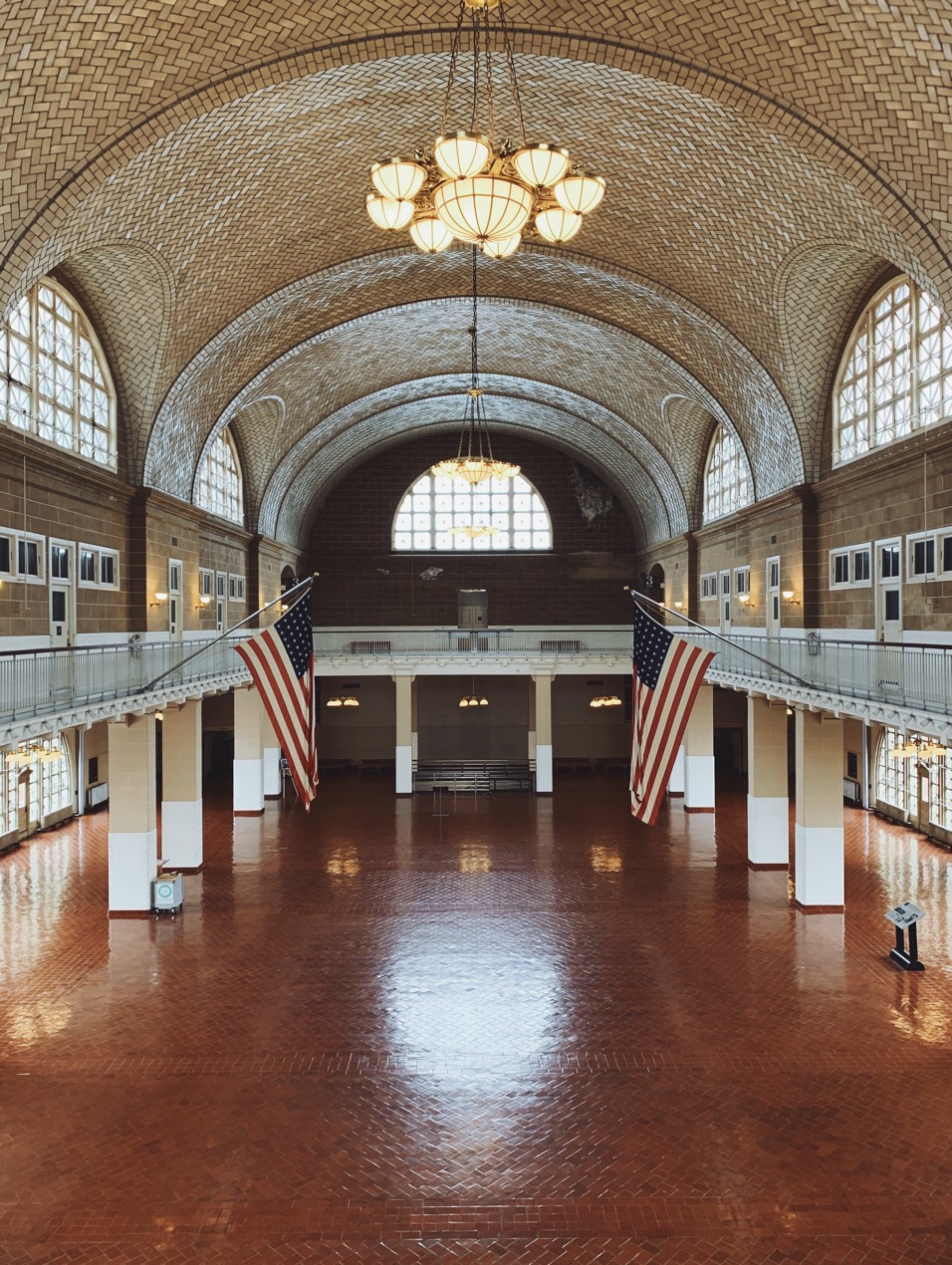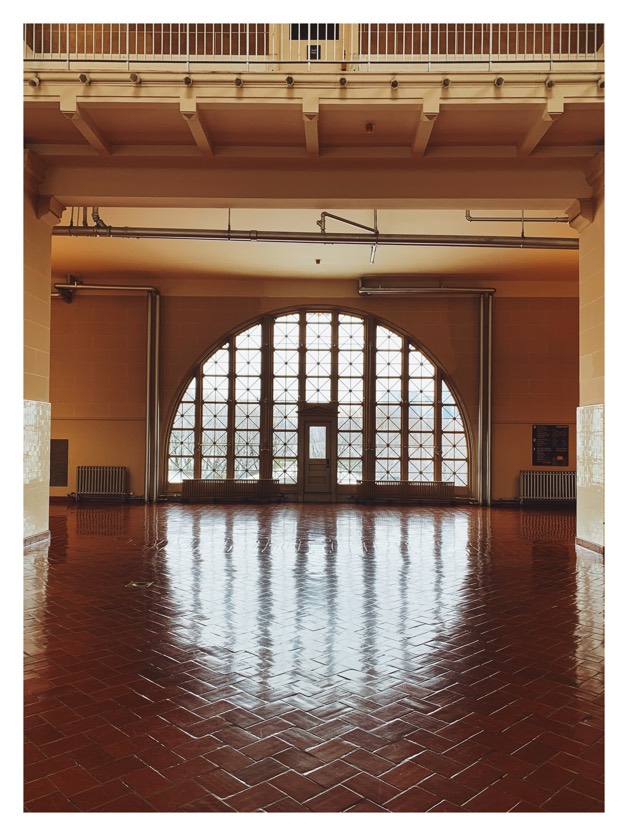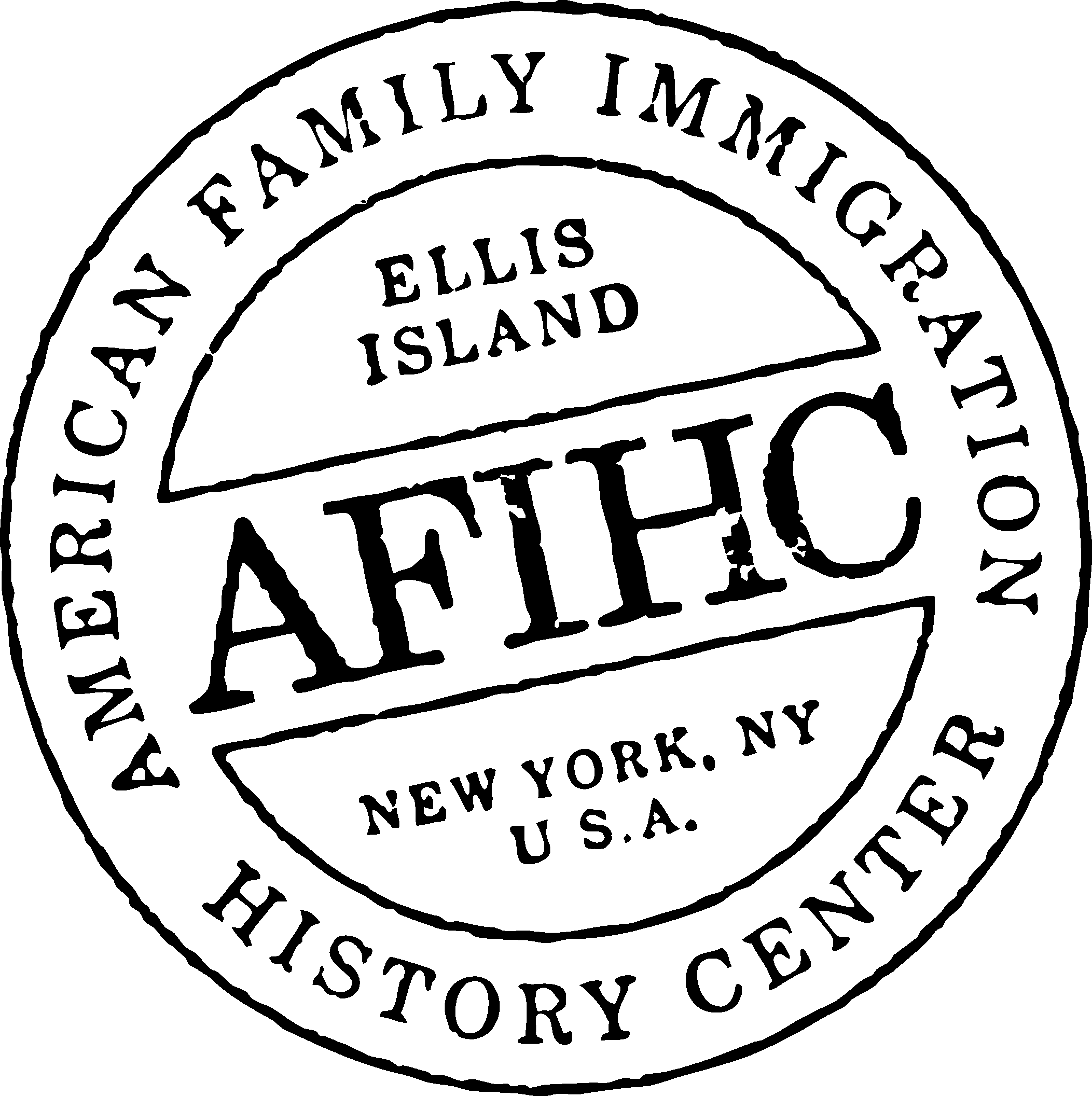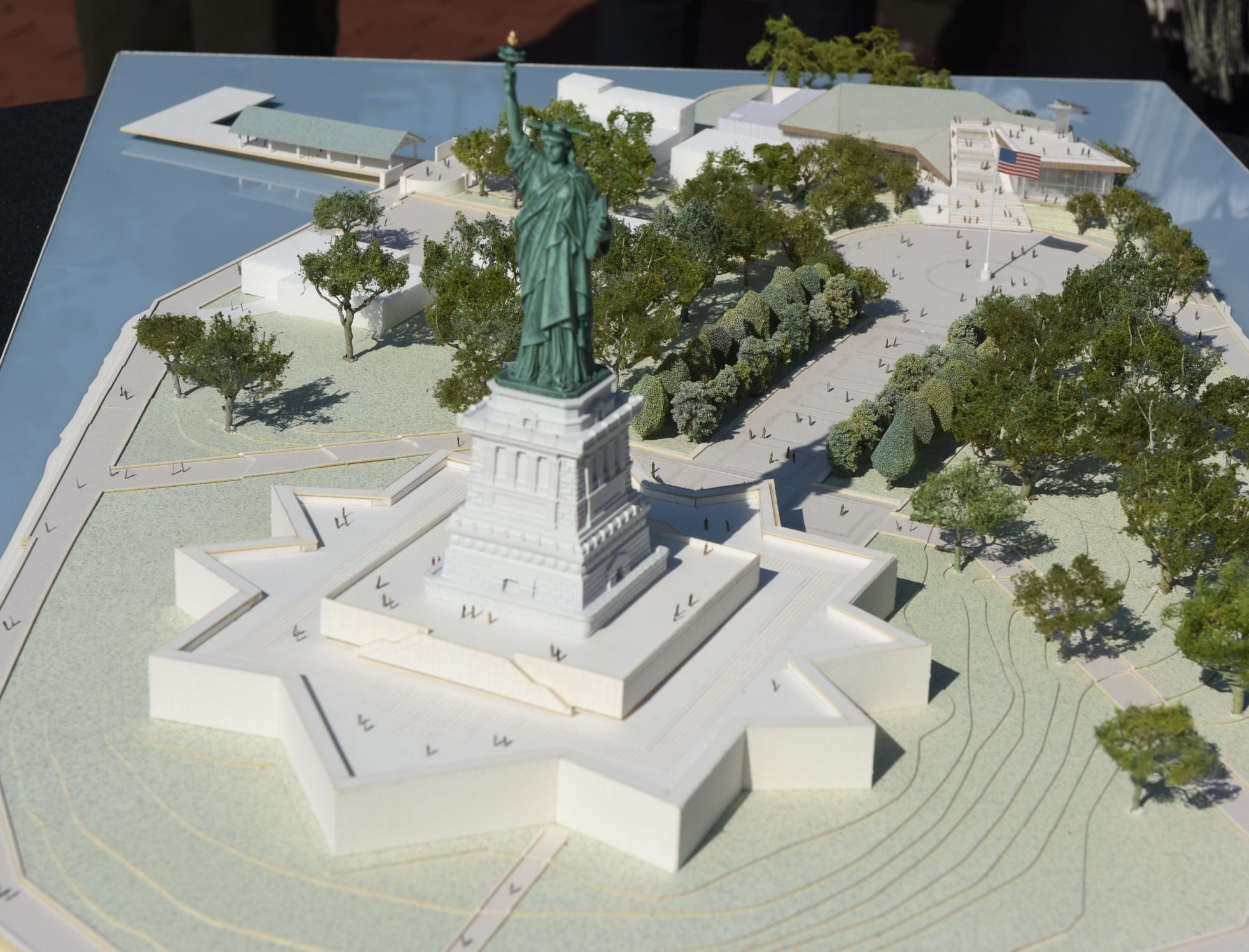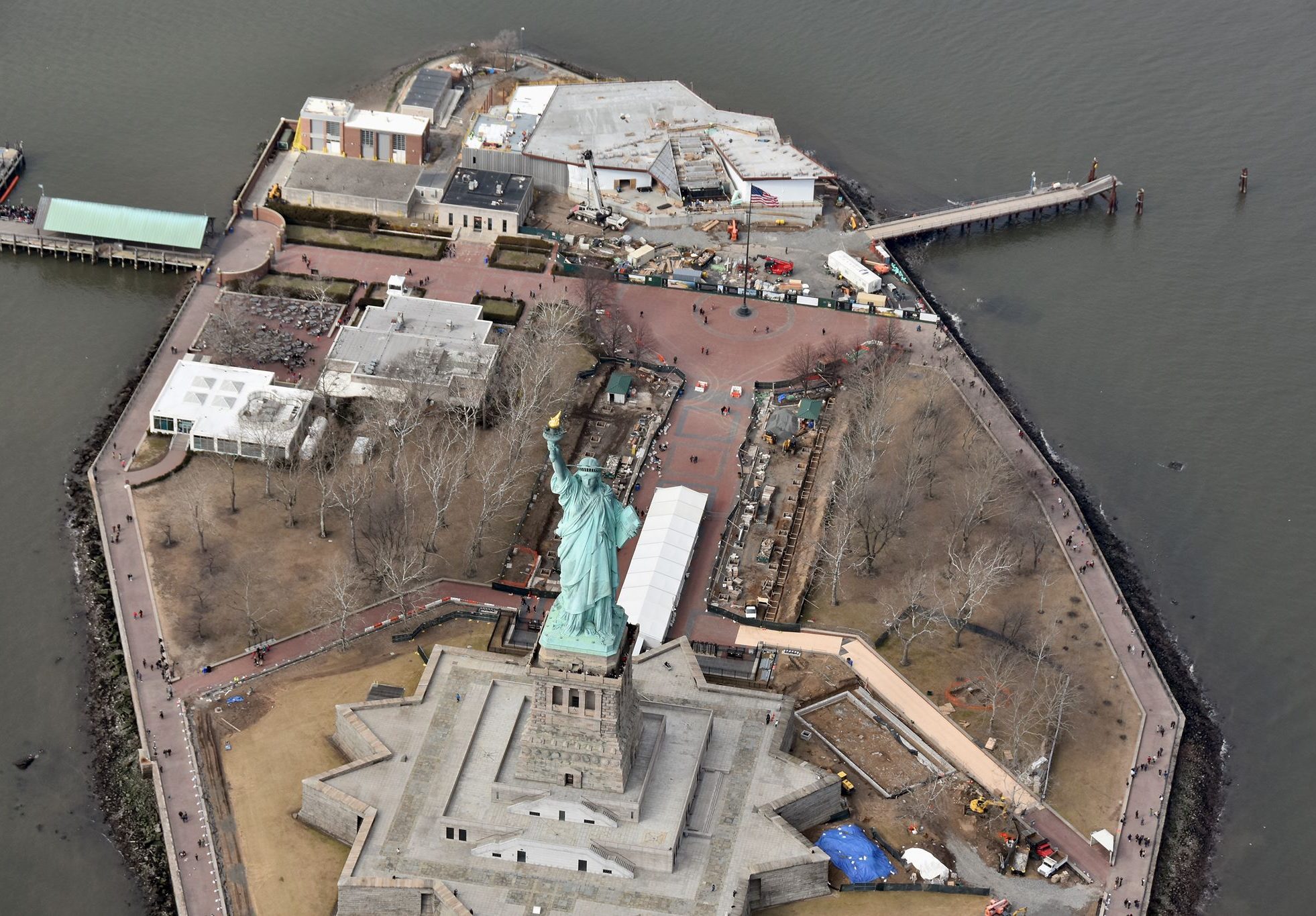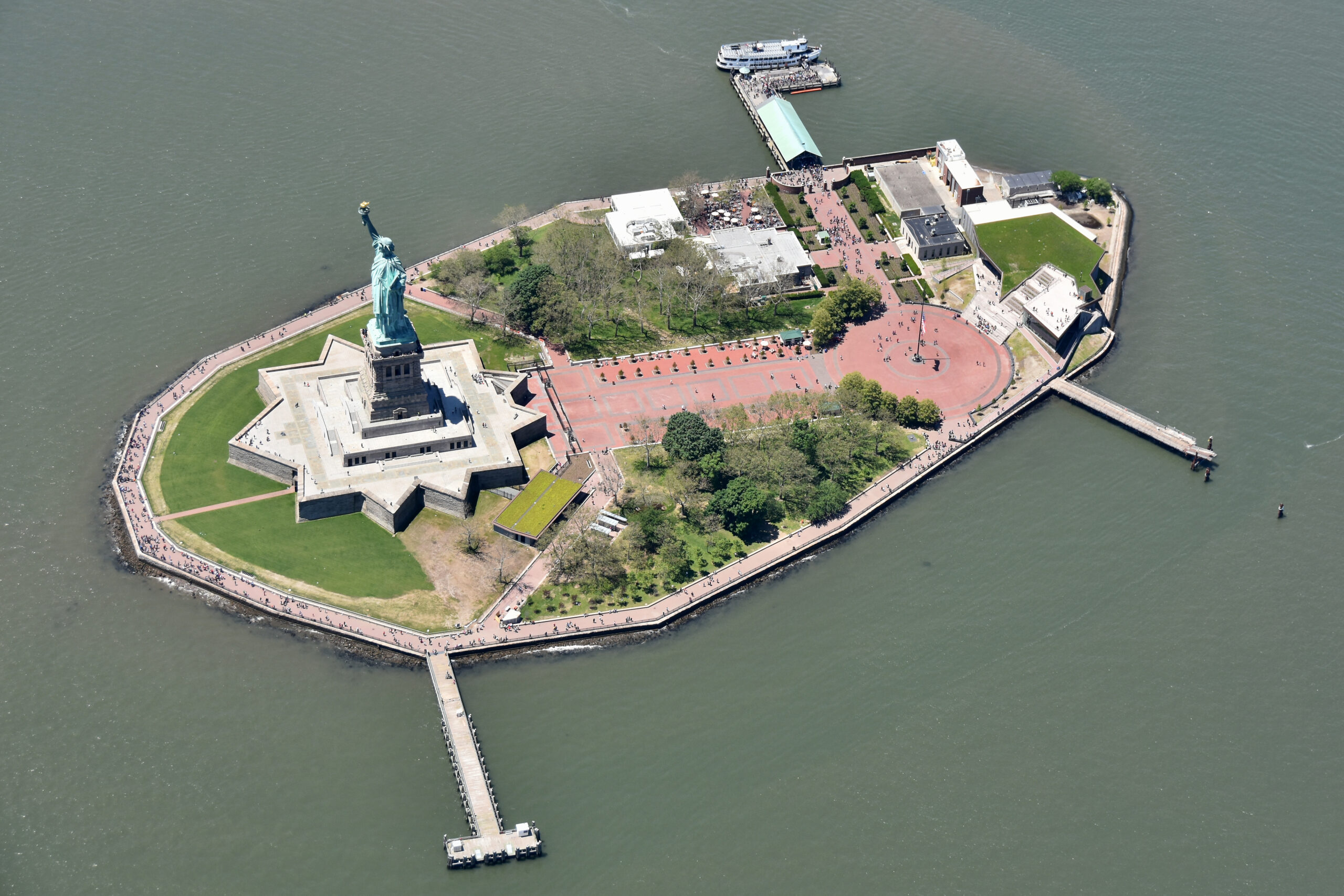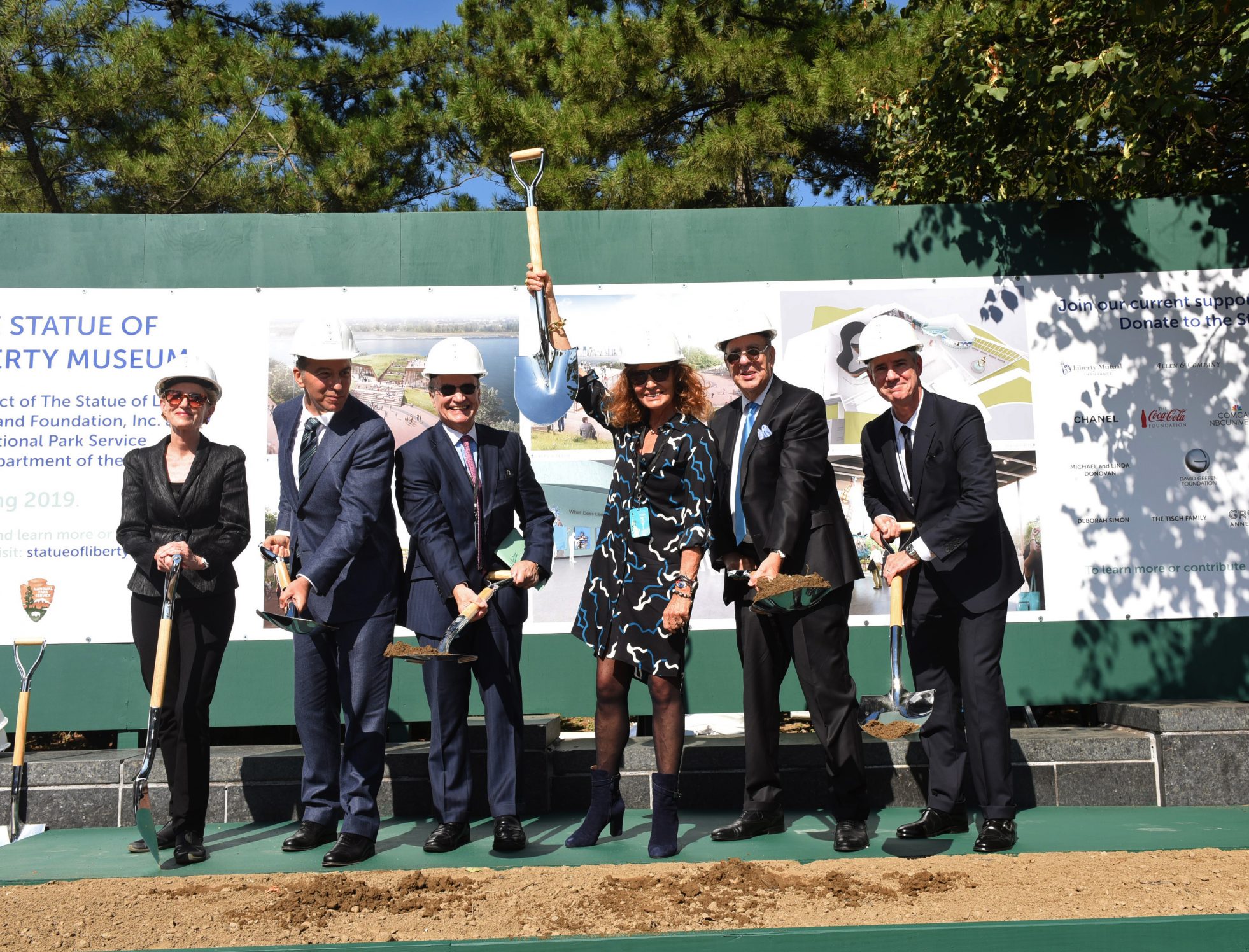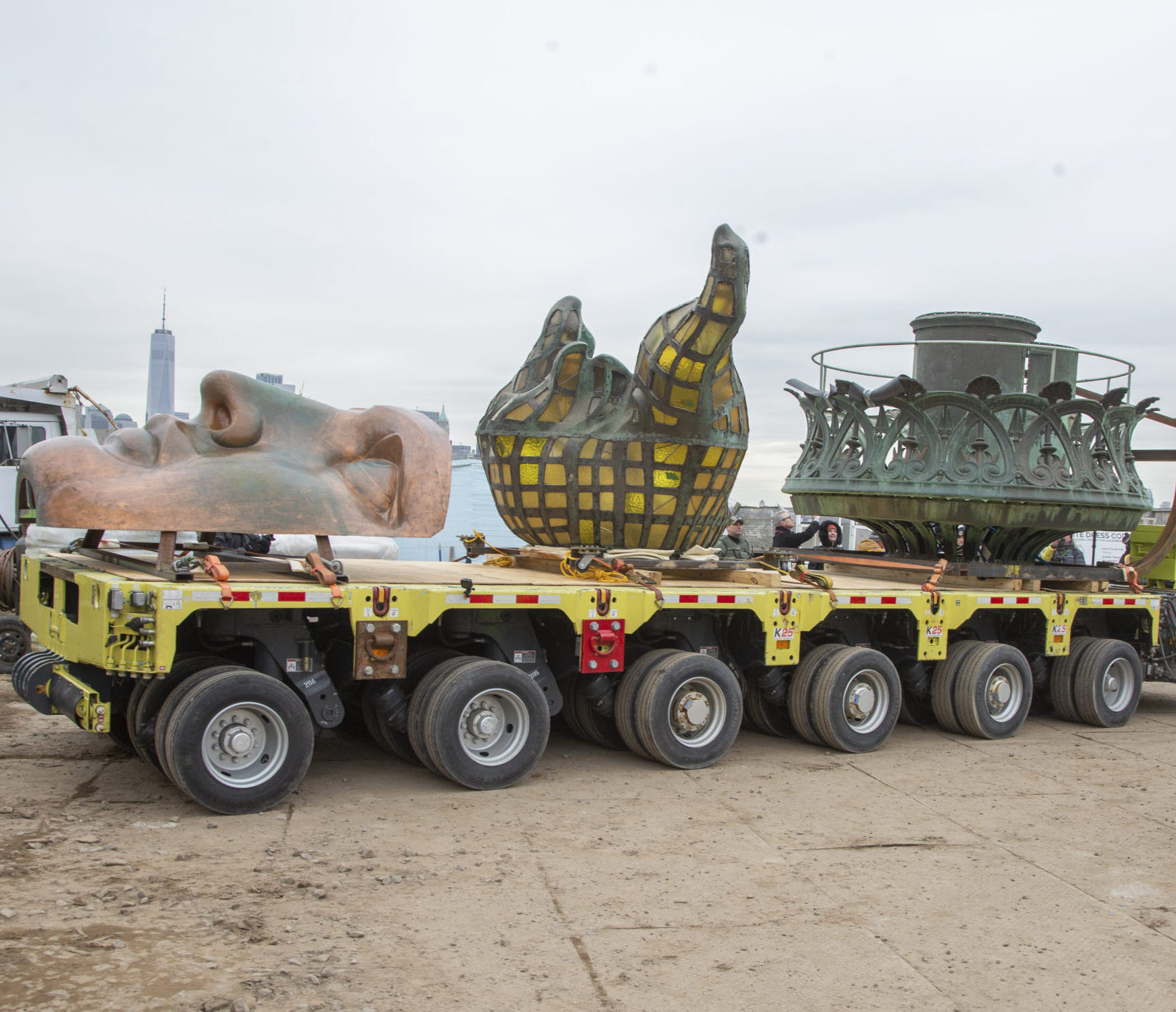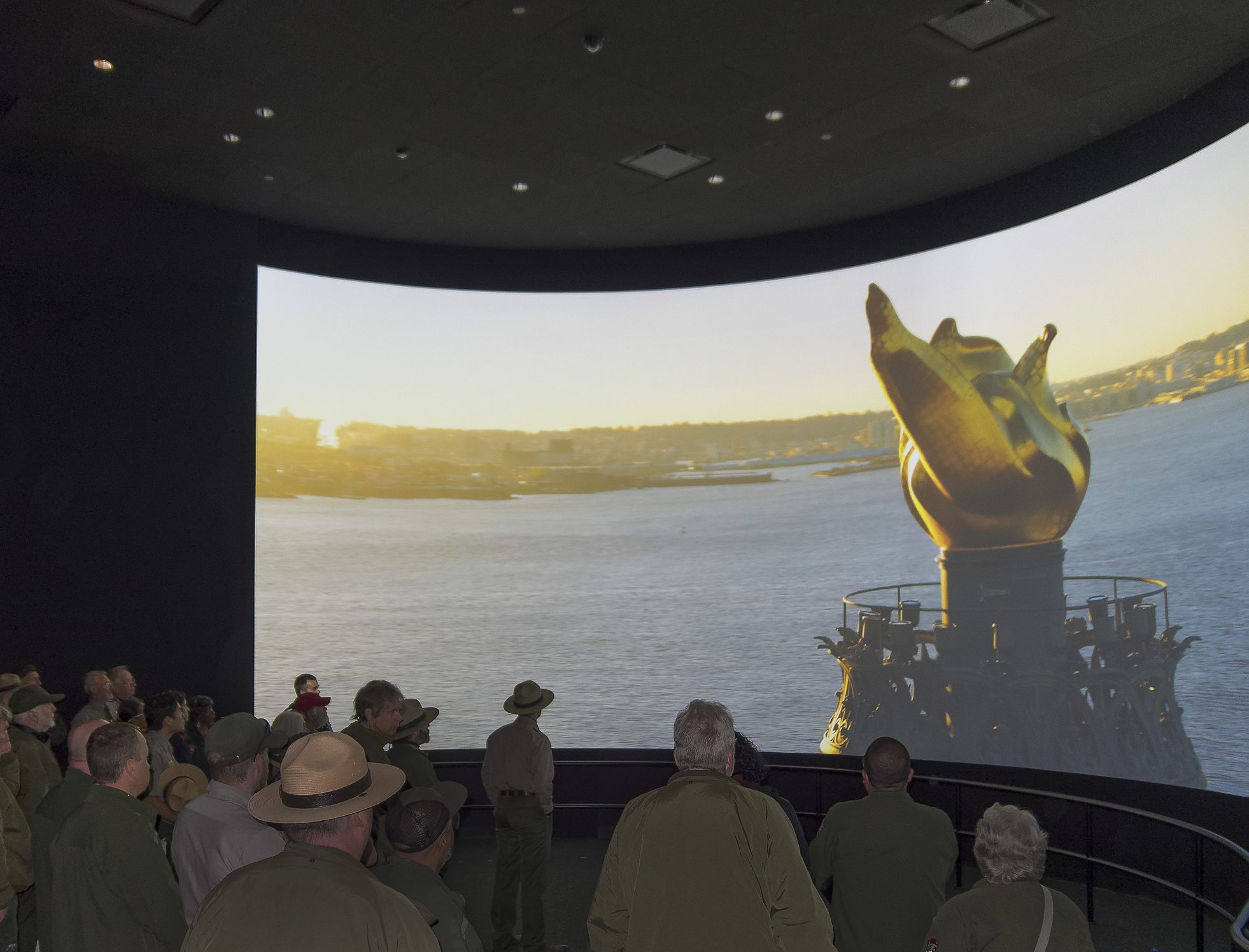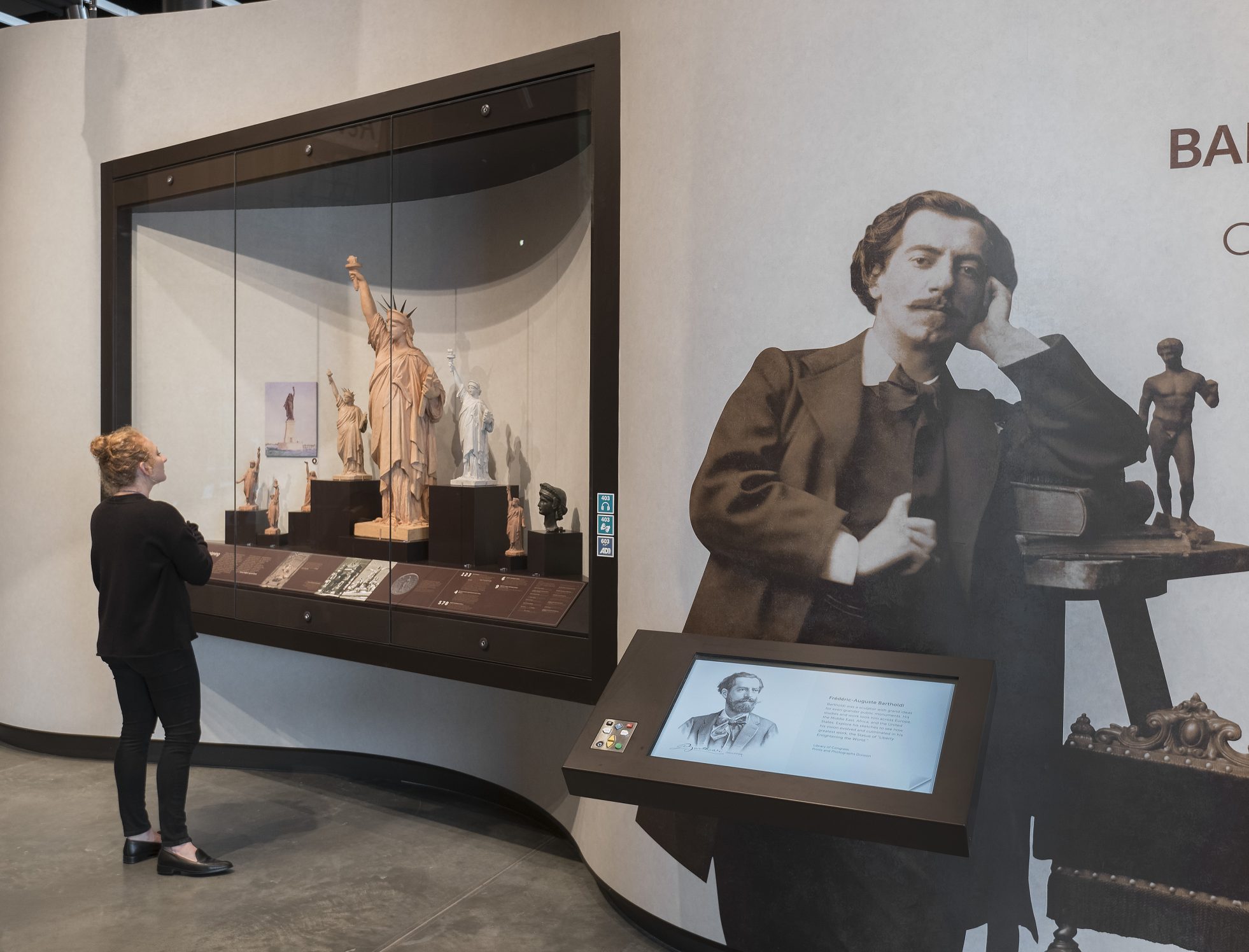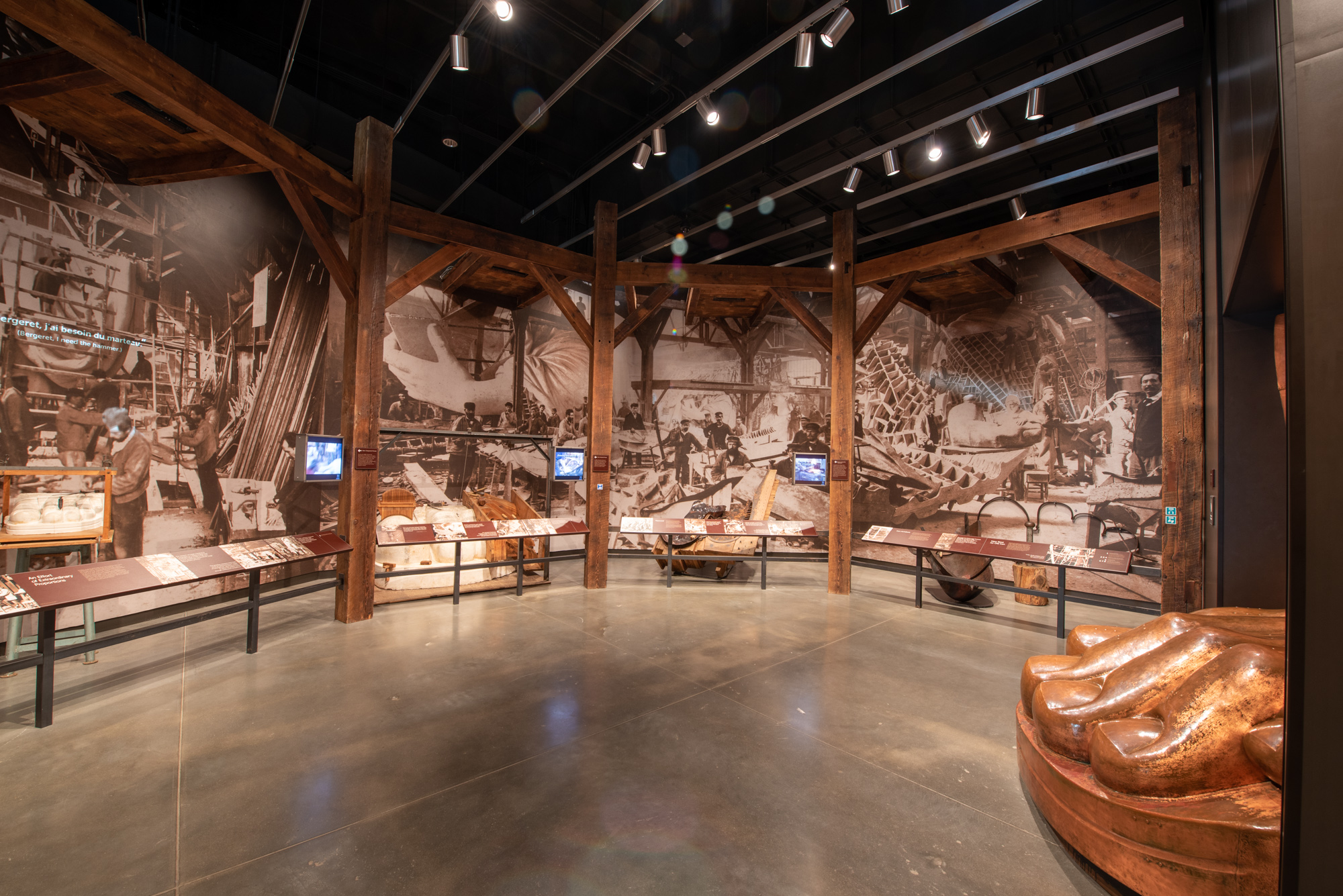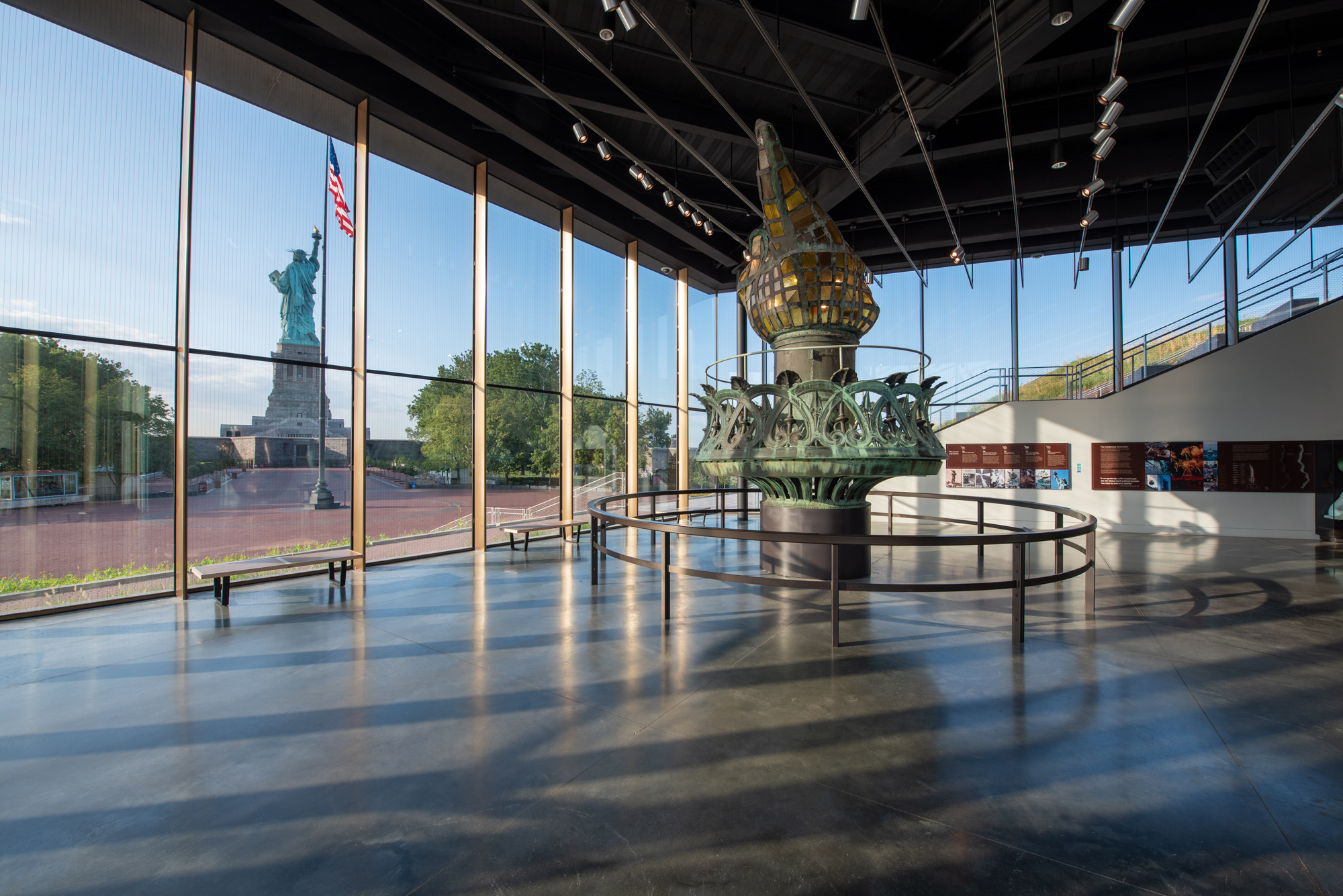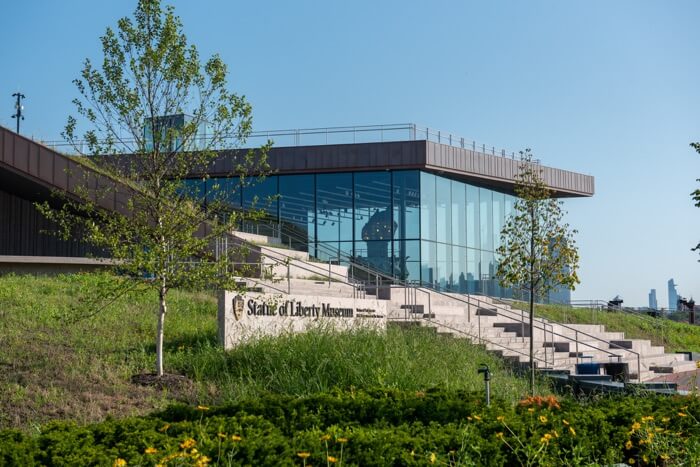Restoring the Statue of Liberty
The Foundation, working with its public partner, the National Park Service, first tackled the restoration of the Statue of Liberty. A century of weather, pollution, and sightseeing had left Lady Liberty’s torch in need of replacement, her crown’s rays in need of strengthening, and pieces of her gown, hair and face in need of repairs. An army of architects, historians, engineers, and almost 1,000 laborers embarked on the project — which also involved the installation of new elevators and an informative exhibit in the Statue’s base.
July 4, 1986 saw a gala four-day event celebrating and unveiling the restoration. Fireworks filled the night skies and tall ships flocked New York Harbor. “Liberty Weekend,” attended by President Reagan and President Francois Mitterand of France, was broadcast to 1.5 billion people in 51 countries. The Foundation, the National Park Service, and the American people had made history with the most successful public-private partnership in the history of the United States.
